- Home
- slideshows
- miscellaneous
- A look inside Lowe's emergency command center, where employees monitor natural disasters like hurricanes and deploy supplies to devastated parts of the country
A look inside Lowe's emergency command center, where employees monitor natural disasters like hurricanes and deploy supplies to devastated parts of the country
During a crisis, Neudorff maintains a staff of around a hundred employees. He said that his team members must be great multitaskers, unflappable in the face of crises, and driven to help others.

"This year we went from hurricanes to wildfires to a volcanic eruption to an earthquake right into these early winter storms that we just had, with no break," he said. "Very different kinds of events. Very different parts of the country."
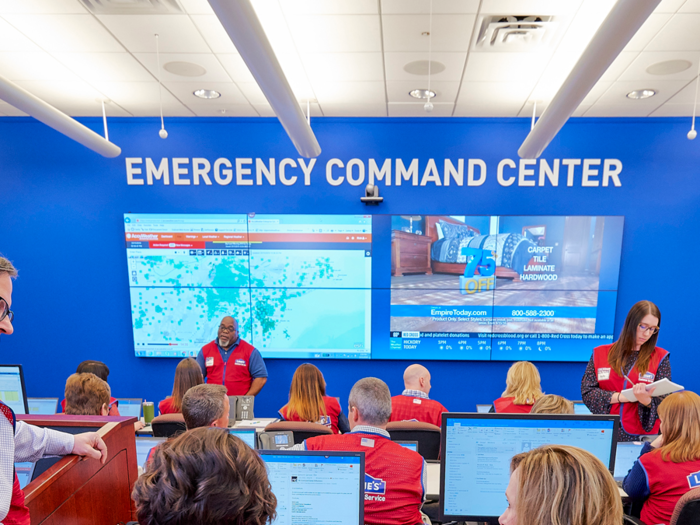
"You have to be able to have that level of intensity for an extended period of time," Neudorff added. "You can do that if you've got in your heart the desire to help people."
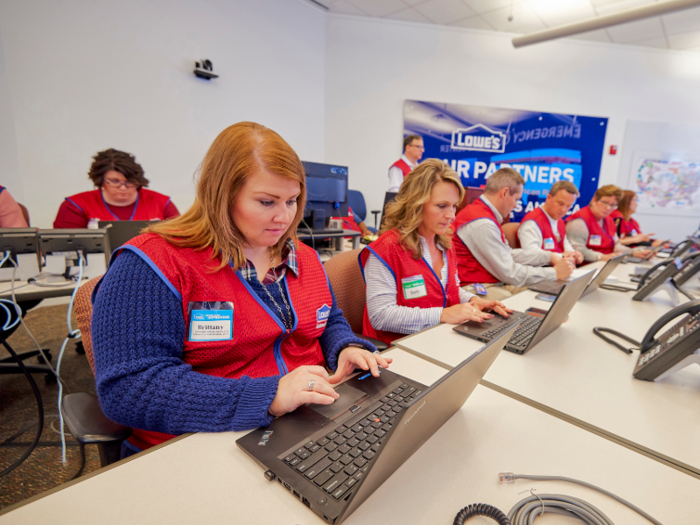
His team monitors forecasts around the country using short-term and long-term weather services.
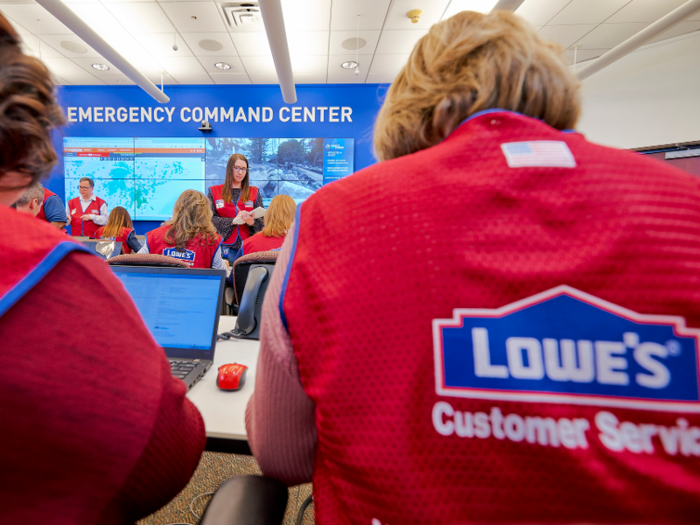
"We work to have products staged around the country so we can get just about anywhere in 48 hours," Neudorff said. "The vast majority of our stores we can get to within 24 hours."
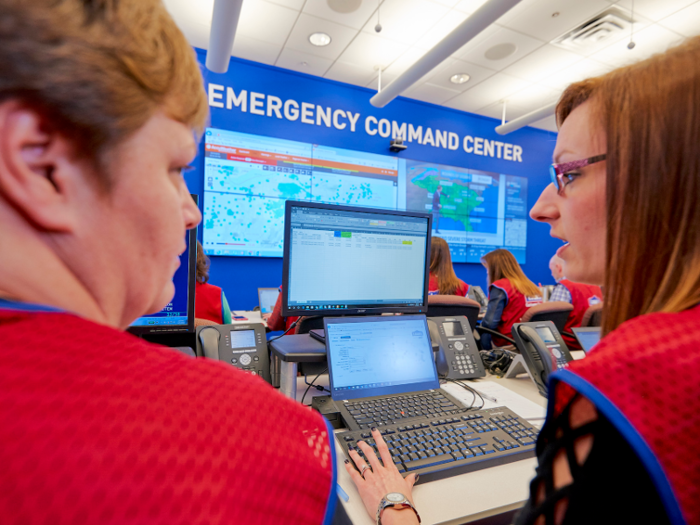
Some disasters, like hurricanes, floods, and winter storms, can be predicted to a point. The path of a wildfire can also be roughly estimated once it has been sparked.
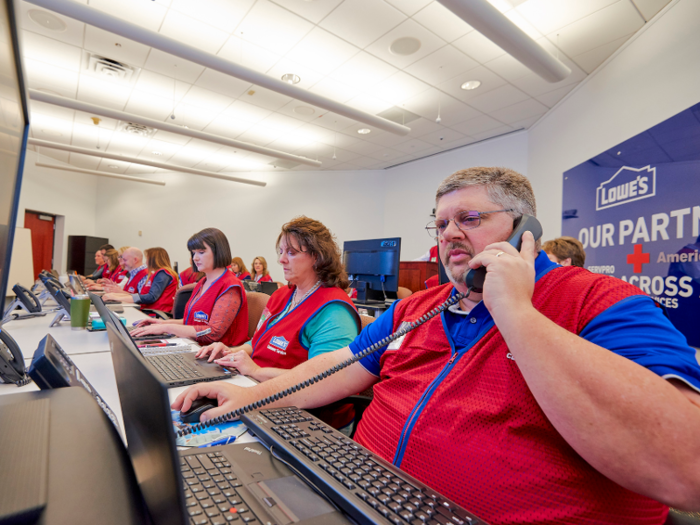
According to Neudorff, preparation is the first phase of any disaster relief response at Lowe's. For example, residents of a community about to be slammed by a hurricane will purchase supplies that help them storm-guard their house.

Neudorff said that the command center must be prepared to tailor its emergency response based on the region and the severity of the event.
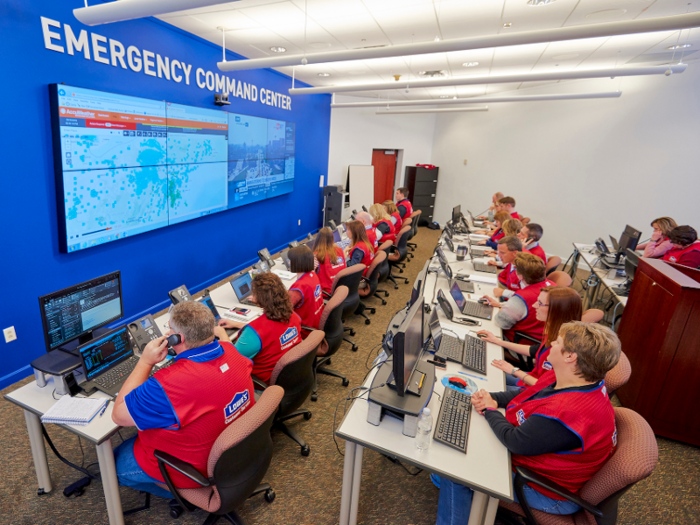
"It's not necessarily a scientific type of calculation or algorithm," Neudorff said. "It's understanding the communities. A lot of that comes from the feedback we get from the stores, based on customers who are coming in looking for stuff."
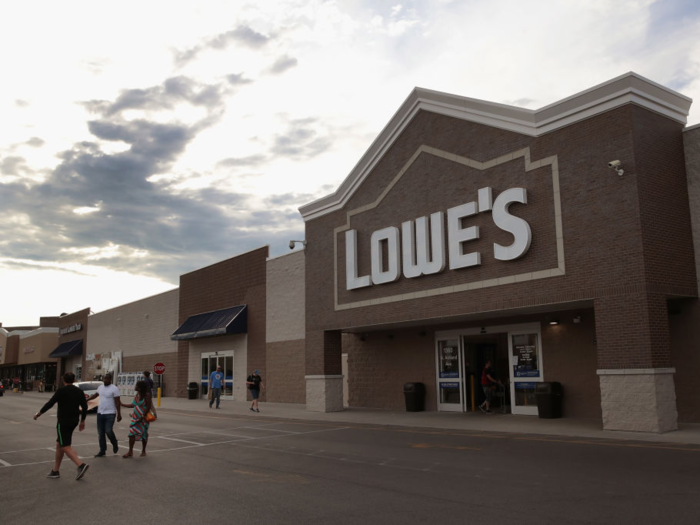
The command center will then work to ensure that stores in affected areas are well-stocked with essential supplies.
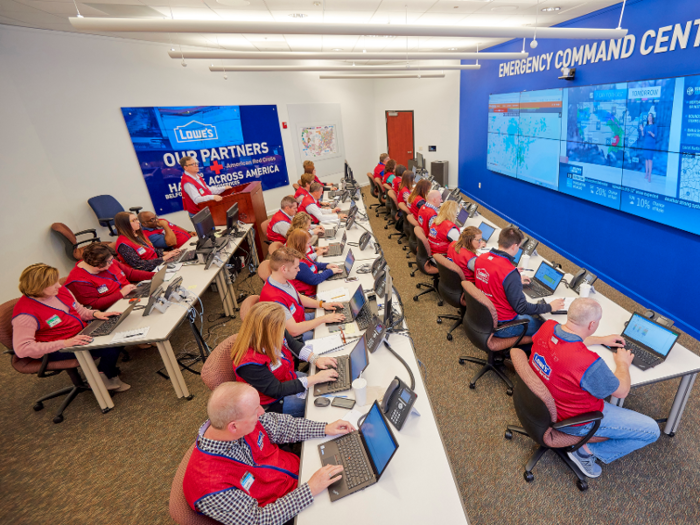
"With our supply chain, we're able to react in a very short period of time," he said. "Quite often stores have what they need there by the next day."
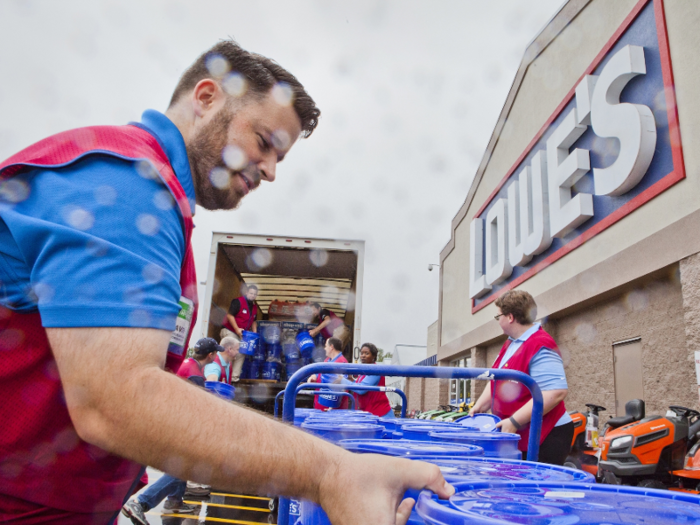
Neudorff said that his team takes demographic, topographic, and other regional factors into consideration when prioritizing which products to send a store in a disaster-impacted area.
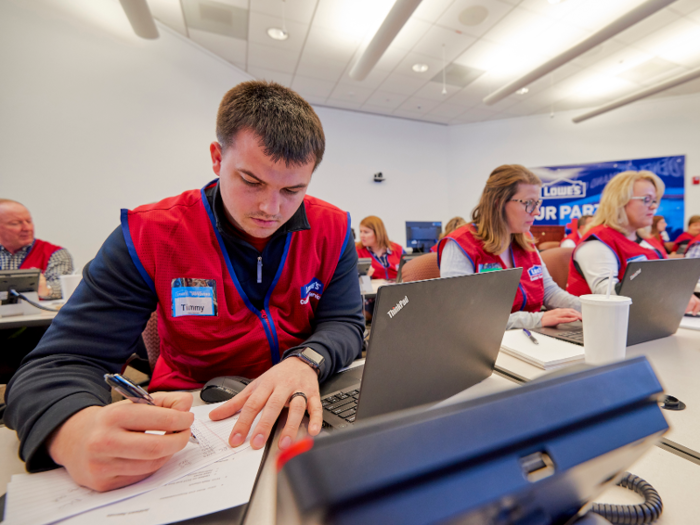
"Our challenge is to have the right products staged to properly address that kind of event in a region," he said. "You can't just have a pre-stage flood inventory coast to coast."
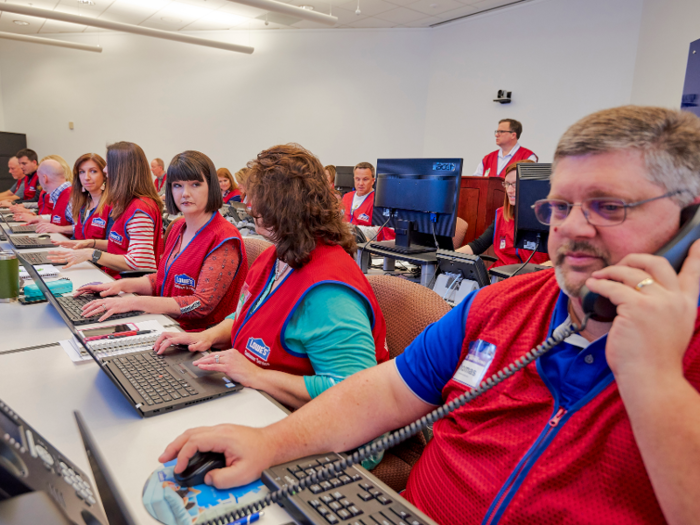
Take rainstorms in Florida and California, for instance. Neudorff noted that heavy showers in Florida are nothing to panic over. But six inches of rain in parts of California can lead to "catastrophic mudslides."
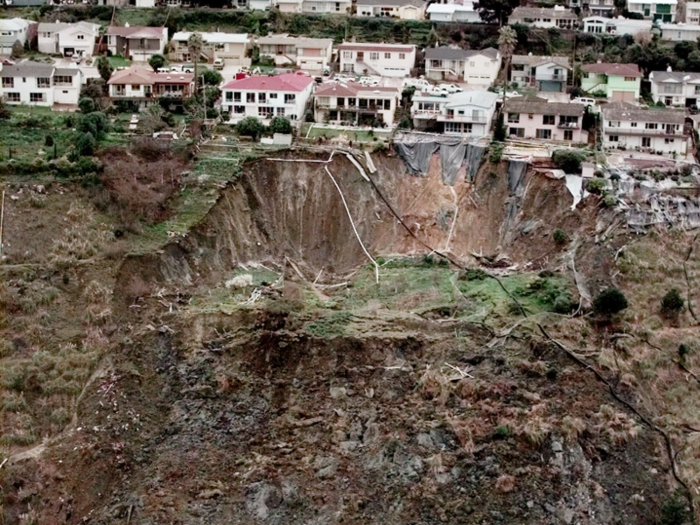
He also gave the example of Lumberton, North Carolina, saying that plenty of residents replaced their carpets due to floods brought about by Hurricane Matthew.
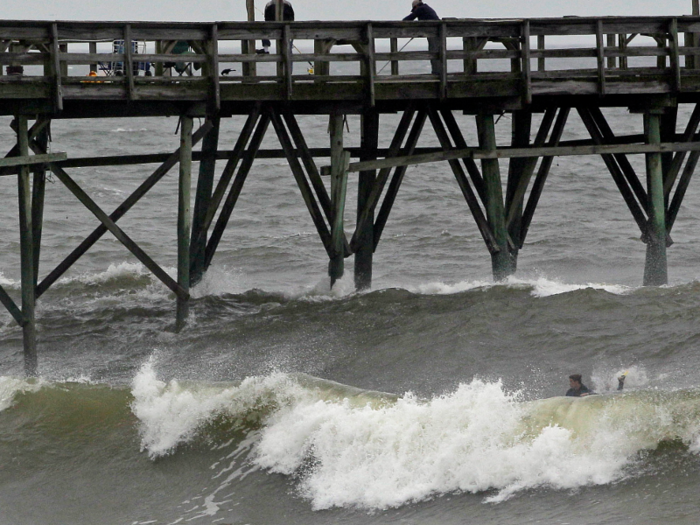
When Hurricane Florence struck 23 months later, many people in Lumberton opted for linoleum floors instead, according to Neudorff.
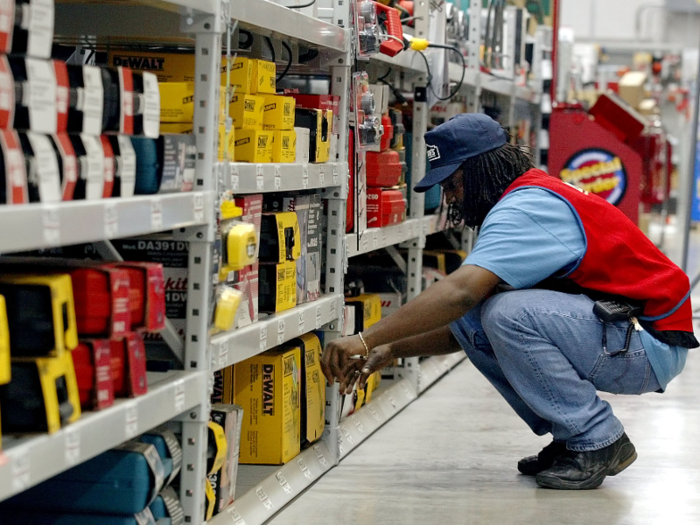
Other emergencies, like earthquakes, tornadoes, or man-made emergencies, can't be anticipated.
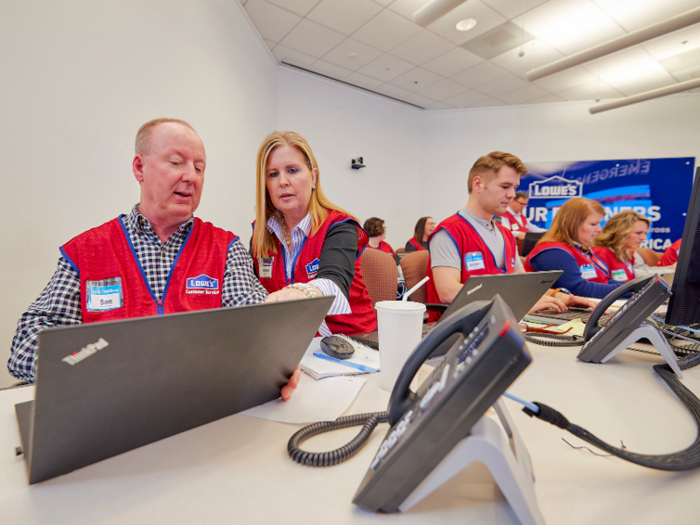
Whether or not a disaster is forecast ahead of time, the first 72 hours after an event are "the most critical," Neudorff said.
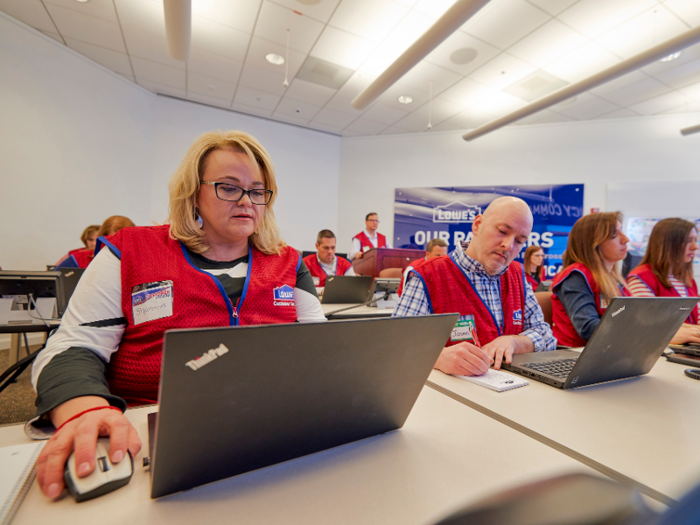
"People are just trying to survive," he said, adding that the emergency command center's first priority is to get stores in affected areas open as quickly as possible.
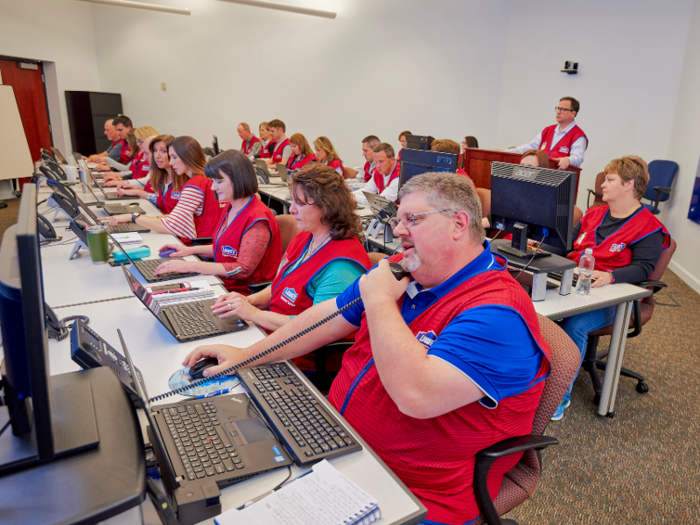
"We're usually the first to open in the community, so people will come into our stores to charge their phones and plug in their breathing treatments because there's no electricity anywhere," Neudorff said. All Lowe's stores have generators.

Neudorff recalled visiting areas devastated by Hurricane Florence. "There was no food, there was no electricity," he said. "These were people whose houses were scraped down to the foundation. They would come to our store and eat and take a shower."
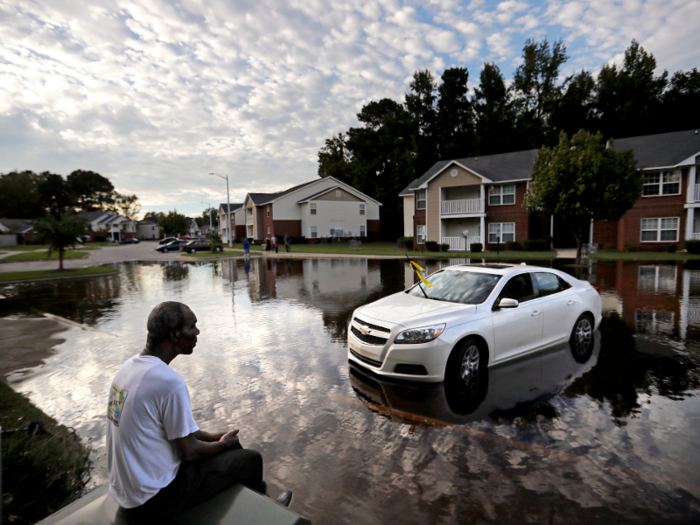
In the wake of a disaster like Hurricane Michael or Hurricane Florence, Lowe's will provide communities with ice, water, portable toilets and showers, Tide Trucks, and wireless services.
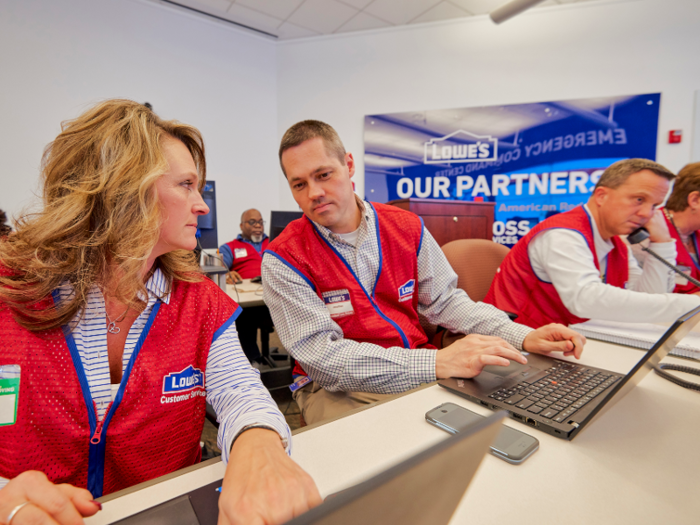
"We kind of become a community base because we work so hard on having immediate response activity," he said. "The little things mean a lot when you've lost almost everything."
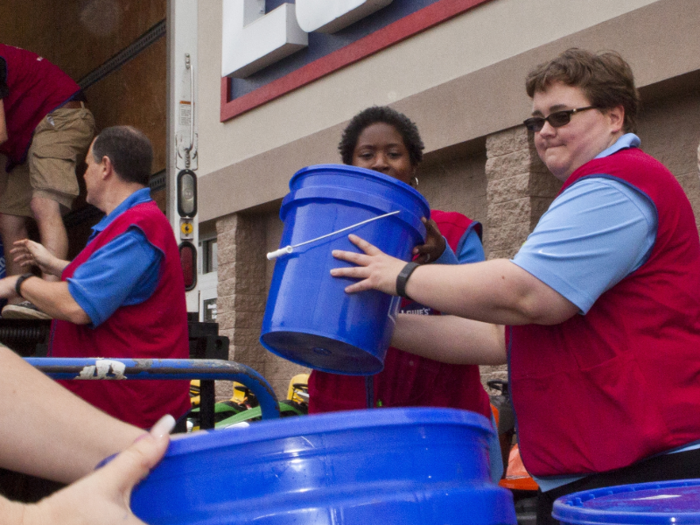
A Lowe's spokesperson told Business Insider that the company's corporate office will assemble thousands of buckets of emergency supplies to distribute to devastated communities.
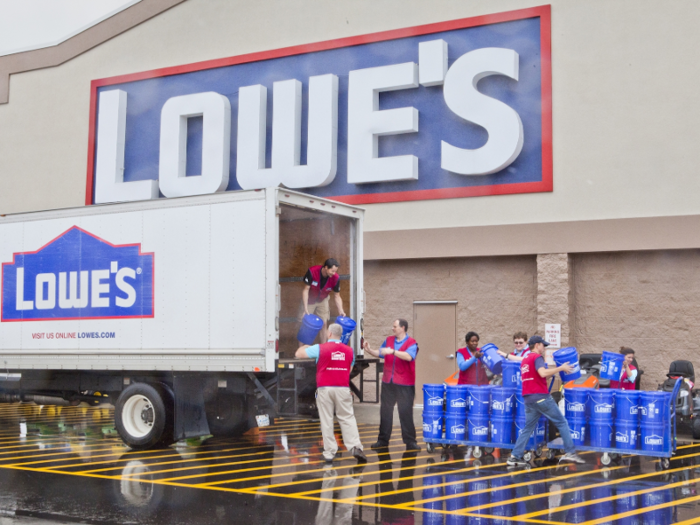
During an emergency, Lowe's employees from non-affected areas can volunteer to work in impacted stores. The two-week assignment is paid, and the company also covers travel and lodging.
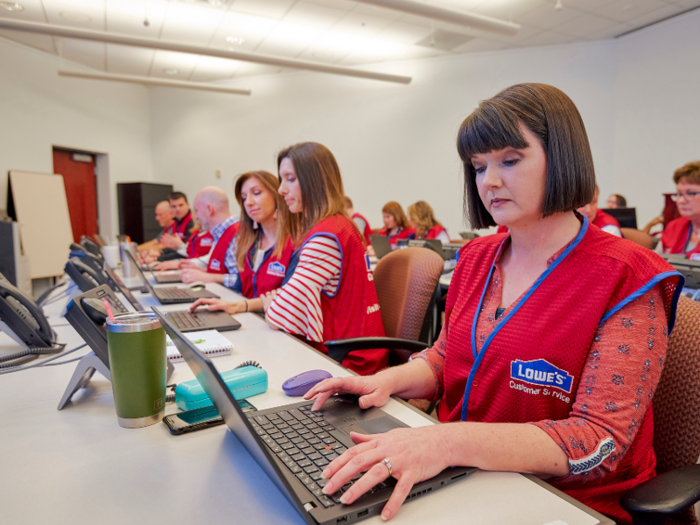
Those relief teams are meant to ensure that employees in affected areas, who may also be dealing with damages of their own, don't become fatigued or emotionally overburdened.
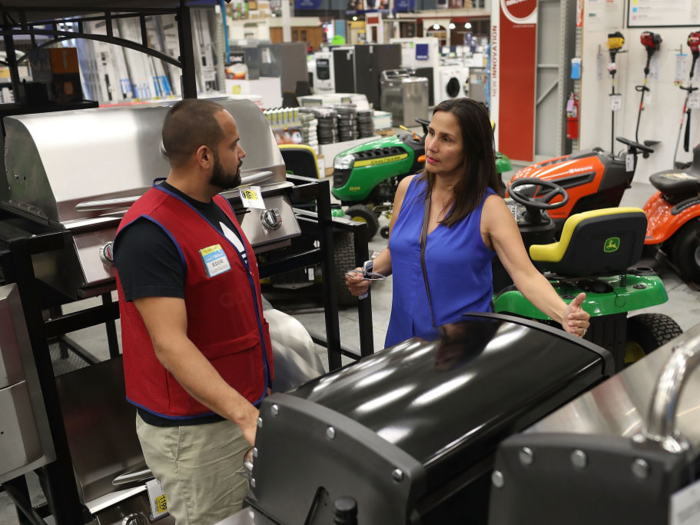
"These events are extremely emotional, especially for the people in the stores who have people who have lost everything coming in looking for one sliver of normalcy," he said. "It is mentally tiring for those people, so we make sure they have time off. You can't do that for an extended period of time. It's just so exhausting."
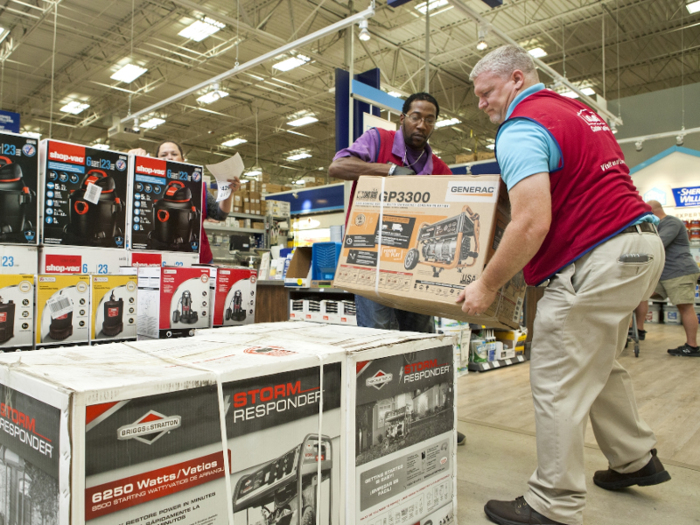
During a crisis, Neudorff and the command center team will host daily calls featuring store leadership and representatives of the company's supply chain, transportation, public relations, human relations, marketing, online, and corporate communications department.
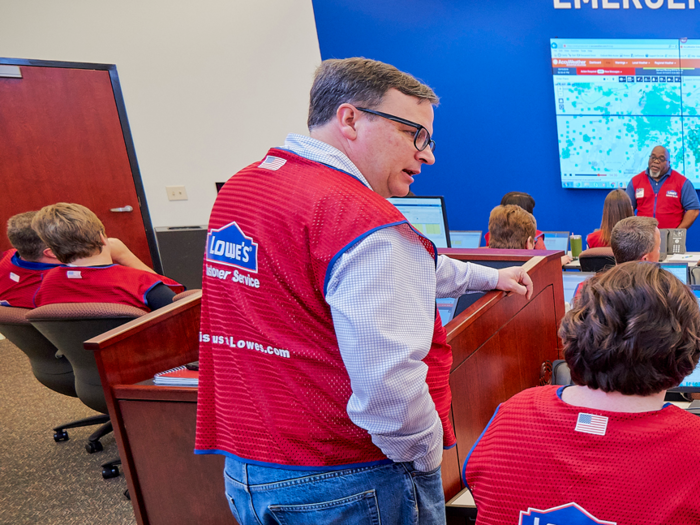
"We have everyone that has a responsibility of execution after an event on those calls," he said.
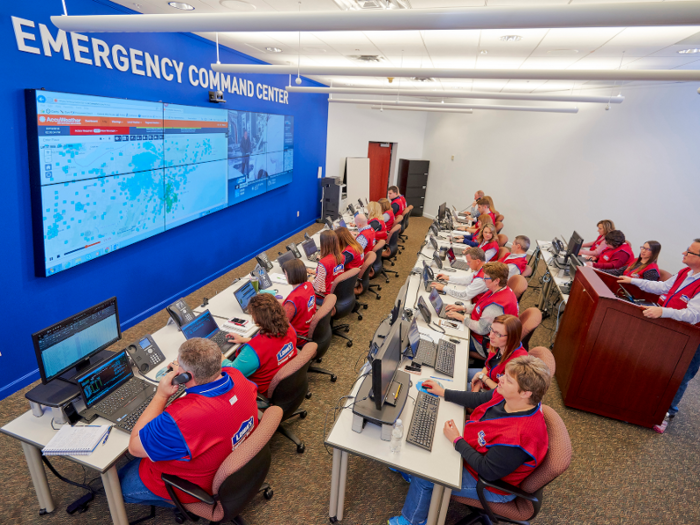
Neudorff said that during a crisis, he will often team up with his cohorts at Home Depot and Walmart, which he described as the two other "big box retailers with a national footprint."

Lowe's also has maintained a partnership with government entities including FEMA, Homeland Security, NORAD, and various state governments for about a decade.
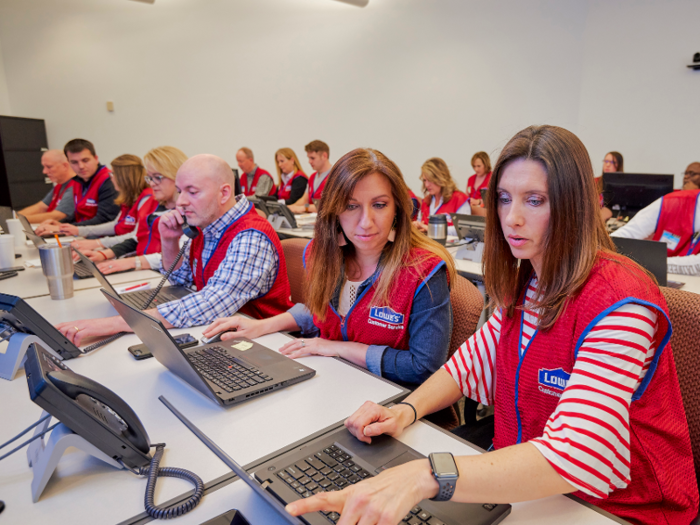
"We have an efficient supply chain and can help a lot of the public government entities that tend to have older supply chain models and are not able to react as quickly as we can," he said.
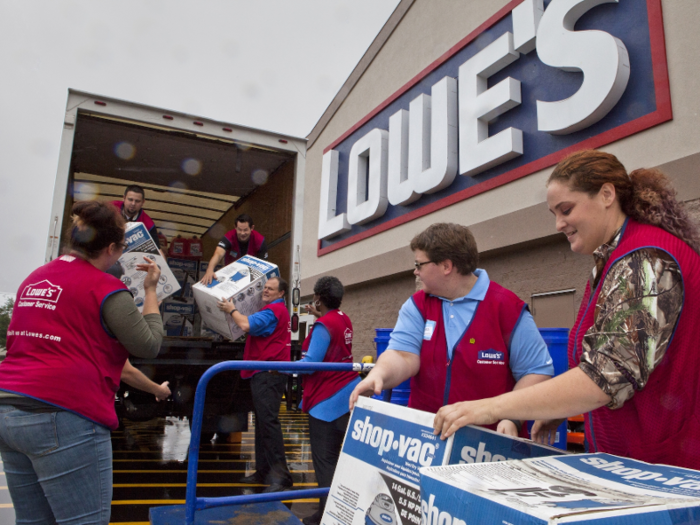
"We have a responsibility, especially in the towns that might not even have a Walmart, to be a focal point for them after an event," Neudorff said. "And we have a responsibility to help them get back to normal as quickly as possible working with our public and private sector partners."
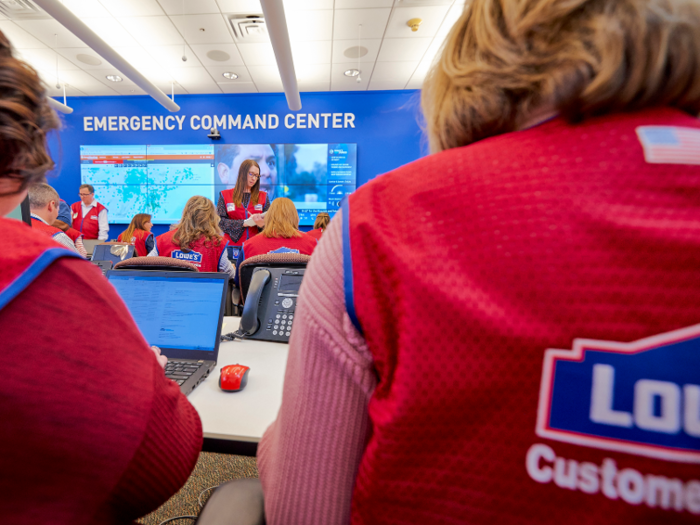
Recovery from a natural disaster can last anywhere from six weeks to multiple years, according to Neudorff. In the initial days after an emergency, FEMA and insurance companies will also often set up tables at Lowe's in affected areas.
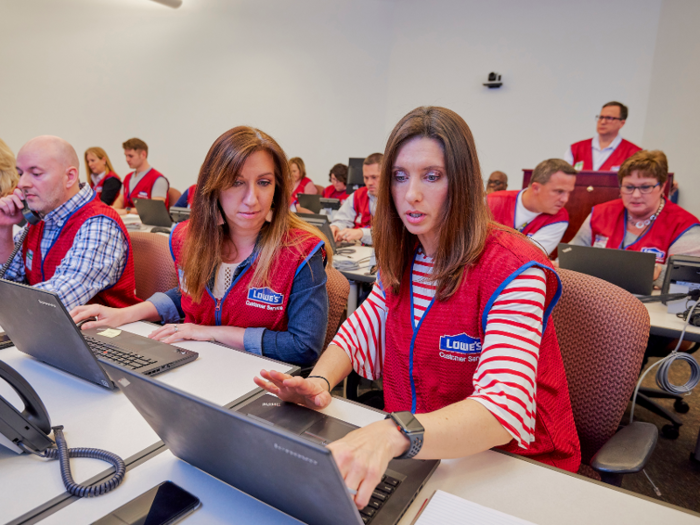
Neudorff said that during a crisis, it's his job to remain "like Spock" — that is, logic-driven and calm — even if everyone around him is becoming more like a more emotional "Captain Kirk." But he said that it can be difficult to maintain this composure when witnessing the aftermath of particularly devastating events, like Hurricane Harvey.
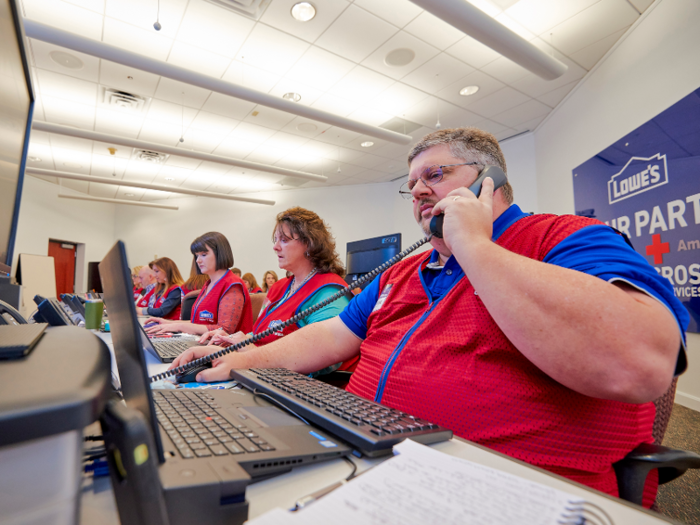
"It's a challenge but it's very rewarding when you see the stories of the people in the communities that have been able to carry on in a situation that seems hopeless because Lowe's was able to help them take care of their family and their property," he said.
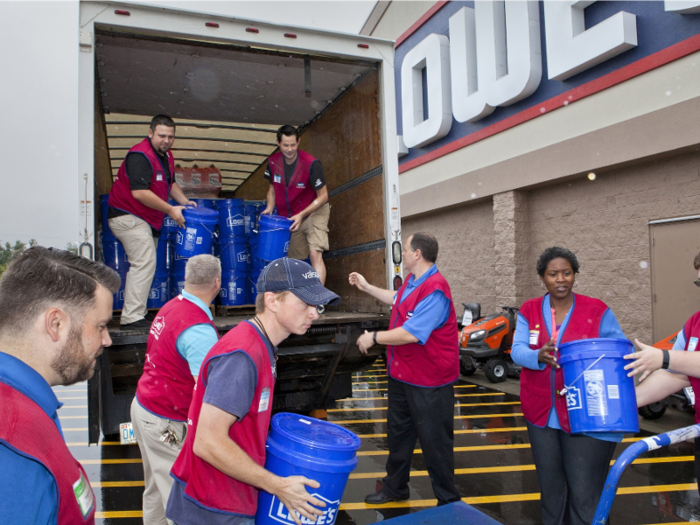
Popular Right Now
Popular Keywords
Advertisement